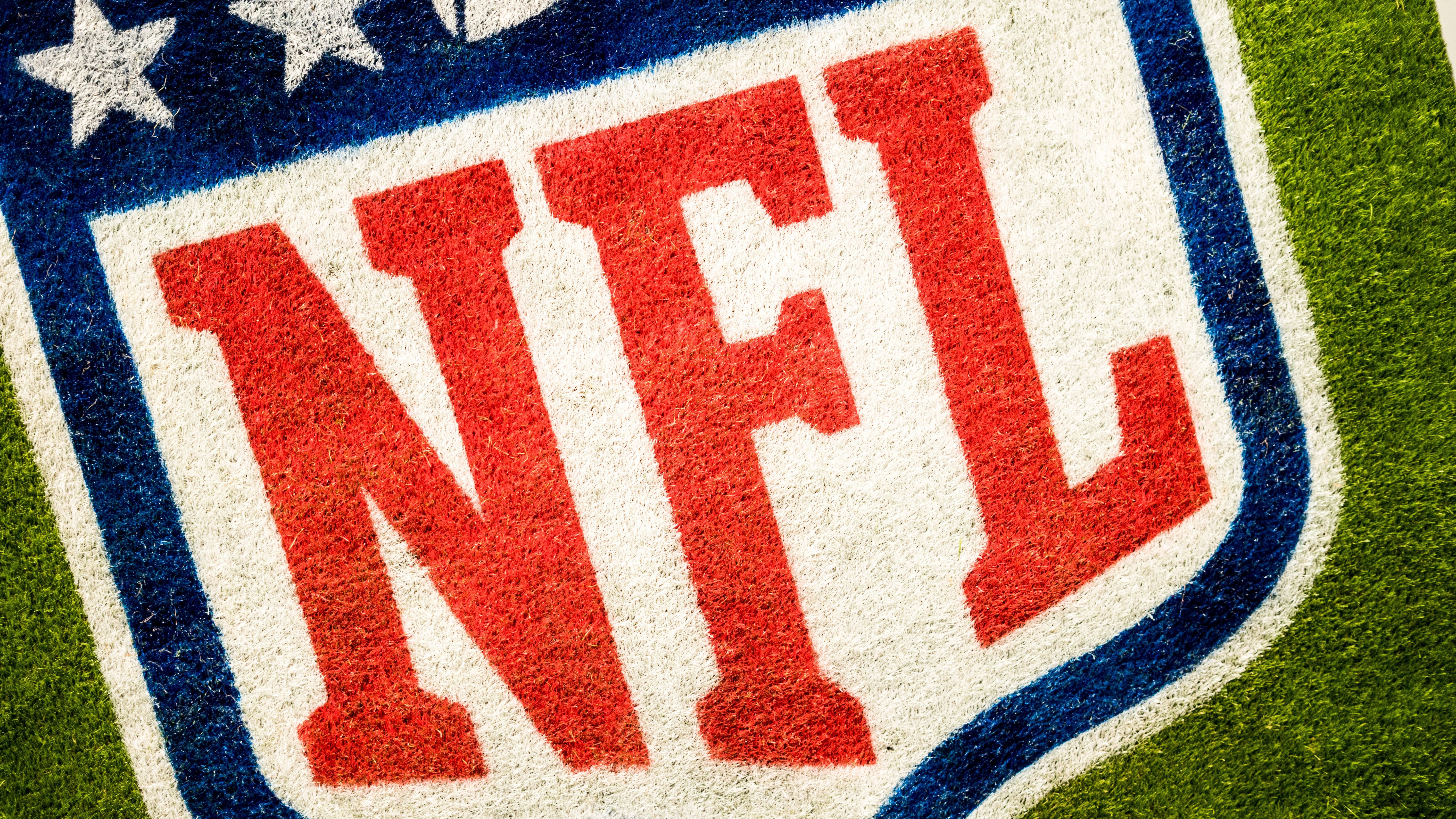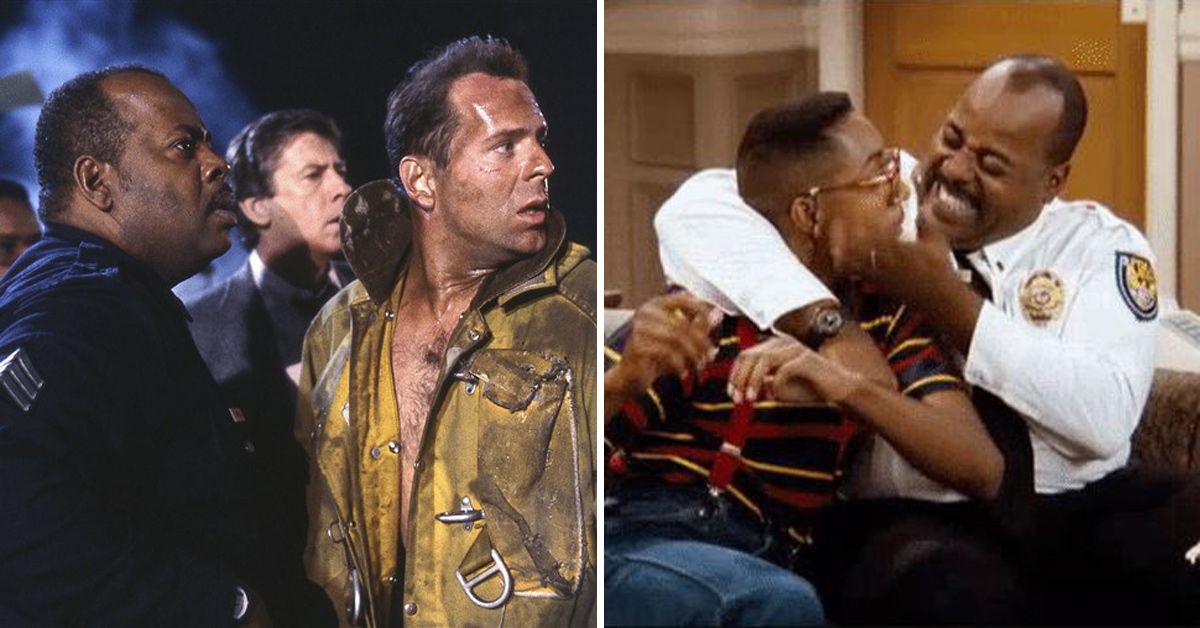
Four 1990s Interior Design Trends We're Glad We Left Behind

For a lot of people, interior design is about much more than simply slapping a coat of paint on your walls -- which is why we're willing to spend so much money on it. Even aside from interior design, we tend to spend a lot of money on our homes. Each year, a typical homeowner spends about 1% to 4% of their home's value on maintenance and repairs. What this means is that if you have a home worth $200,000, you'll spend around $2,000 on keeping it as it is each year. The older your home becomes, the more you're going to spend on maintaining it. And that just concerns the basics of maintaining your home. It doesn't have anything to do with the personal aspects of interior design, which often have to do with taste. As with many personal things, lots of people are willing to spend even more on interior design. Why? Well, look at a recent survey -- it revealed that 72.7% of 2,000 consumers indicated that the design of their furniture reflected their personalities, and 67% of them agreed that a lot could be said about a person based on the type of furniture they owned.
This could lead you to question exactly what was going on with people back in the 1990s. Charitably, you could say that 1990s design trends were rather unique. A less charitable person might argue that they're rather horrific -- an certainly not to be revisited! You may not want to revisit them, but it's important to do so. Trends are cyclical, which means that they tend to come back around after a certain amount of time. The best way to avoid repeating the worst interior design trends of the 1990s is to look at them again and remember exactly why we abandoned them. Without further ado, let's look into some of the worst interior design ideas that particular decade indulged in.
1. Bright, Funky Colors
In this day and age, many prefer more muted colors within our homes -- in part because they aren't overly eye-catching, and certainly much less controversial than certain brighter colors. According to a survey done in 2017, about a third of consumers reported that they would choose a neutral color palette when redecorating their home. Not so in the 1990s! Just look at some of the homes of sitcom characters during the decade. You'll probably notice a good bit of orange, deep red, and bright purple tones. It's not particularly clear why everyone loved bright purple so much, but it was rather popular on a lot of hit TV shows, and it lasted well into the 90s. In this day and age, people might prefer a light, soft pink -- it's certainly less impactful.
2. Spiral Storage Cases
Everyone needed storage in the 1990s, just as they need it now. Of course, now you'll probably just want to keep things in clear containers if you're being practical. If you'd rather insert a bit of your personality, you might want to check out an antique shop for jewelry boxes and armoires. Back in the 1990s, people tried out a rather interesting trend -- that is, spiral storage cases. These containers almost look as if they're melting, or maybe morphing due to some odd hallucination. Usually, they were specifically used for CDs -- and as we rely more on downloads rather than physical discs for our music, we've moved away from spiral storage cases. That's probably for the best, isn't it?
3. Glow in the Dark Stars
If you were a kid in the 1990s, you may remember the glow in the dark stars that you could stick onto your walls and ceilings. They seemed to create a cool effect at the time -- making your room mimic the night sky when you turned the lights off at night. But with that being said, a lot of adults also added these stickers to their walls and ceilings. Certainly, it wasn't a very mature trend, but many people liked indulging their inner children during the 1990s. In this day and age, it's more expected of adults to act like adults when it comes to interior design. If you're looking to be a bit whimsical, you might consider the popular trend of "fairy lights." Leave the stickers to the kids.
4. Giant Media Centers
The way we consume media has changed dramatically since the 1990s. Yes, we still listen to music and watch television. But while we once relied on massive stereos, many of us now hook our iPods or iPhones up to docks, or even simply listen to music on our own with high-end headphones. You may still have a large television monitor, but you probably won't need to hook it up to quite as clunky a setup in order to get the shows that you want. In fact, you might very well stream everything that you want to watch on television. Media centers essentially massive cabinets, used to house television sets, stereos, and for that matter DVDs and CDs -- the latter of which many of us don't even use anymore. Therefore, a lot of people took up a ton of space in their living rooms and sometimes even their bedrooms through media centers. It's a good thing that we've gotten rid of them -- and the space-sapping products that made us feel like we needed them.
There's a simple way to avoid falling back into 1990s trends -- keep in mind how dated they look now, and stick to your better judgment! Keep in mind that while trends go in and out of style, tasteful interior design stays fresh forever.



